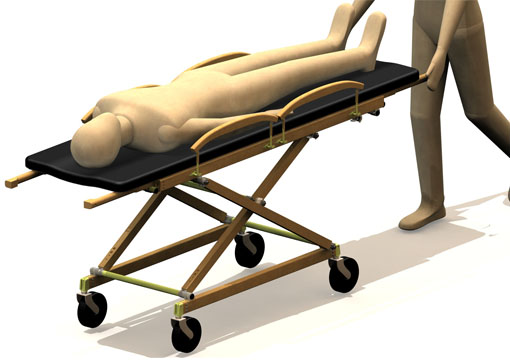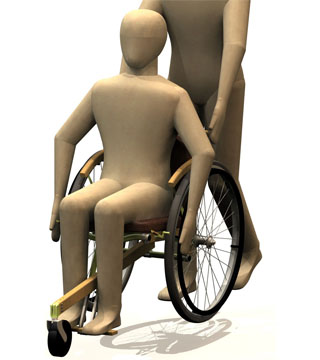Problem Definition
Some people in advanced nations donate used wheelchairs to those in developing countries, assuming it will improve the quality of life in those countries as it does in industrialized countries. However, they do not always work sufficiently for several reasons. Firstly, they are not designed for rural settings in developing countries. They often break and people do not have access to repair parts and facilities to maintain them. Secondly, the cultural difference is not taken into account.
In general, people with disabilities in many developing countries are often viewed differently from non-disabled people. Some people simply do not understand the use of wheelchairs. Many wheelchairs are functionally designed and look like clinical devices. This can cause wheelchair users to look far different from non-disabled people. This situation makes it difficult for them to participate in social activities. They do not have economical, technological and social capacities to accept wheelchair users in their community.


Rationale of the Project
Some international disaster relief organizations provide relief supplies to disaster areas, including gurneys. People may need many gurneys to transport casualties during the relief phase. However, during and after the rehabilitation phase, people no longer need as many medical supplies and the gurneys are often left behind. Gurneys and wheelchairs share some common structure and converting gurneys to wheelchairs can be an effective way to utilize relief supplies.
